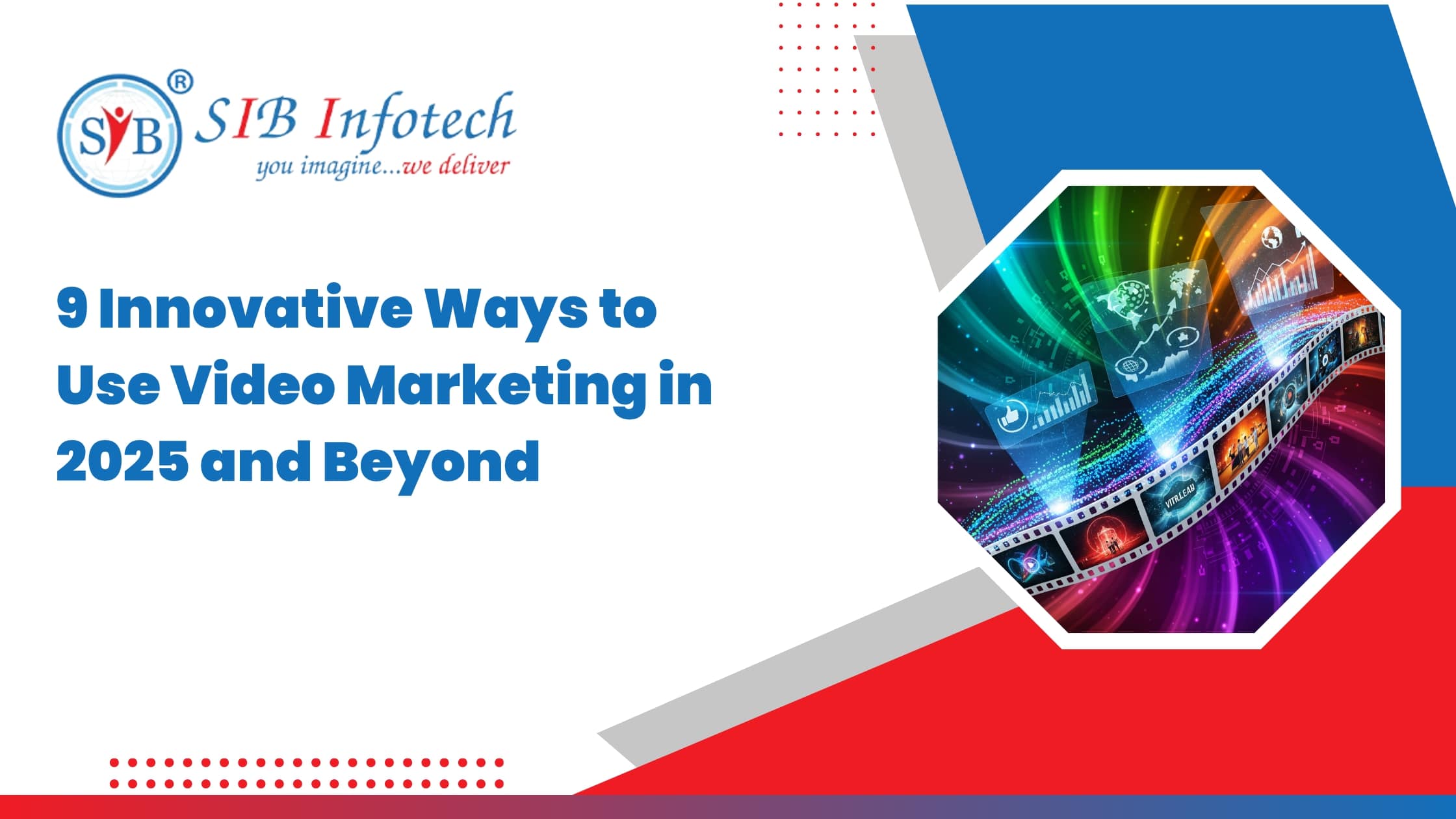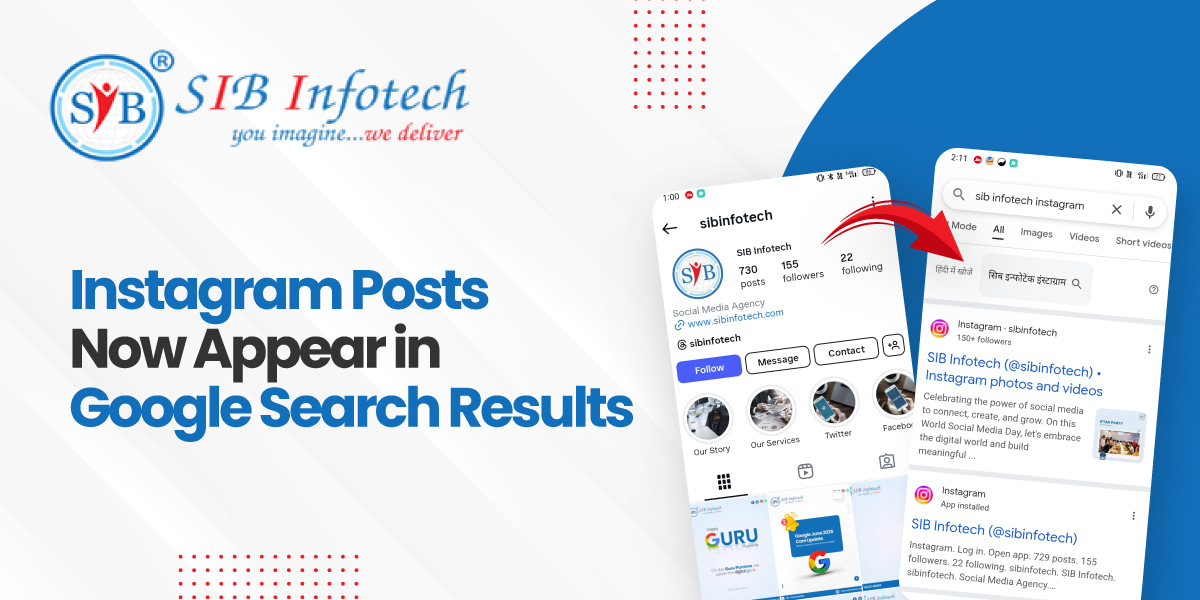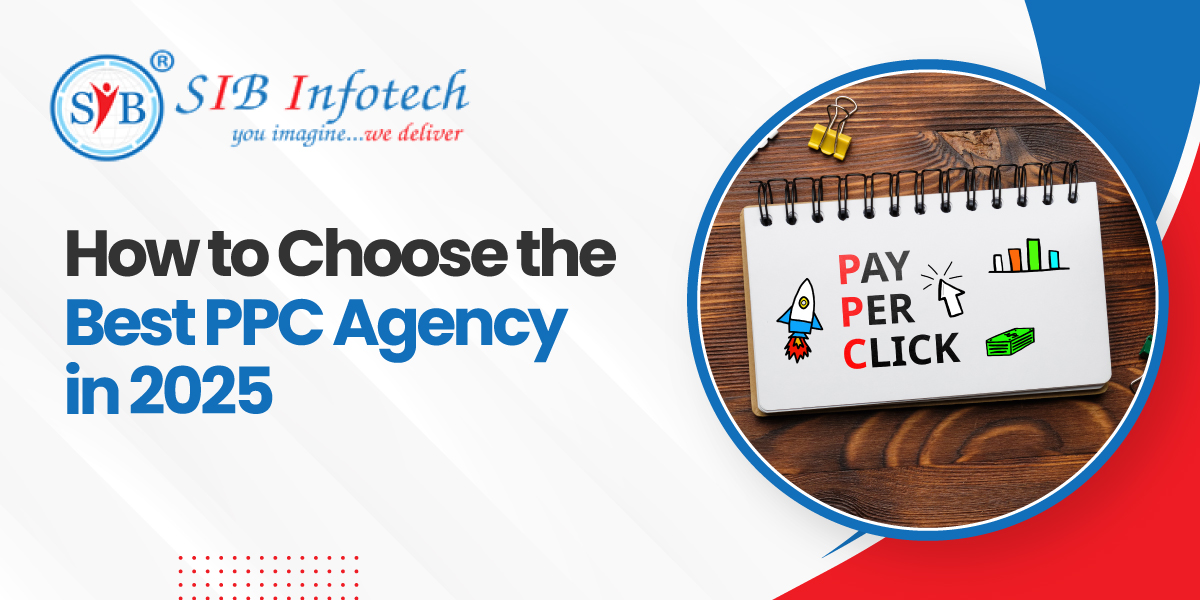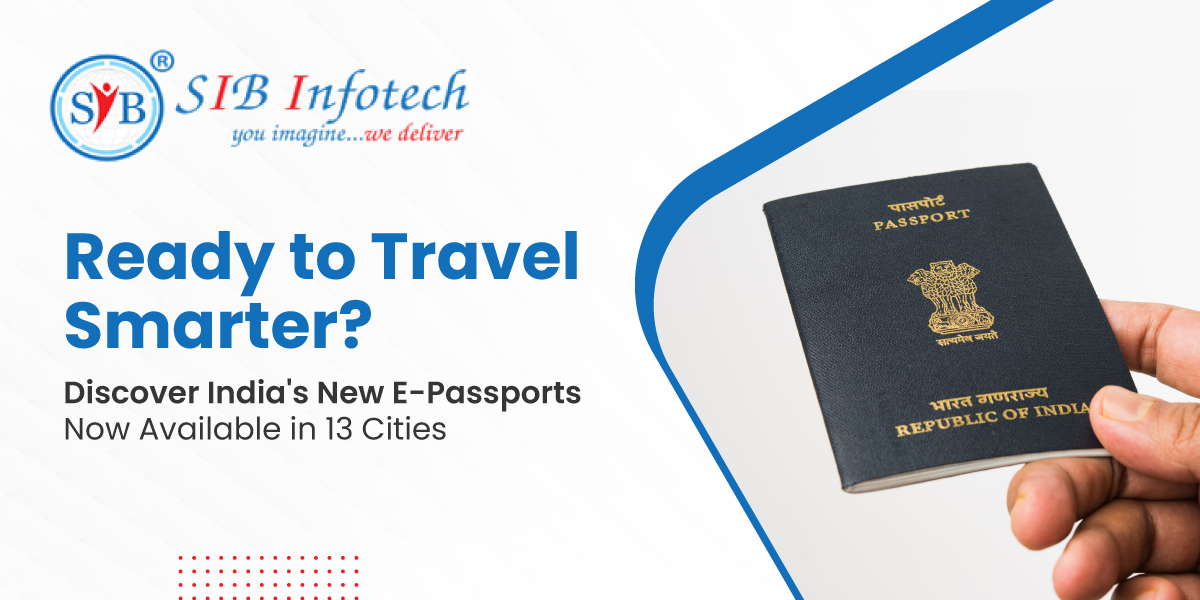9 Innovative Ways to Leverage Video Marketing for 2025 and Beyond
- Nov 07, 2017
Keyword match type in google ads
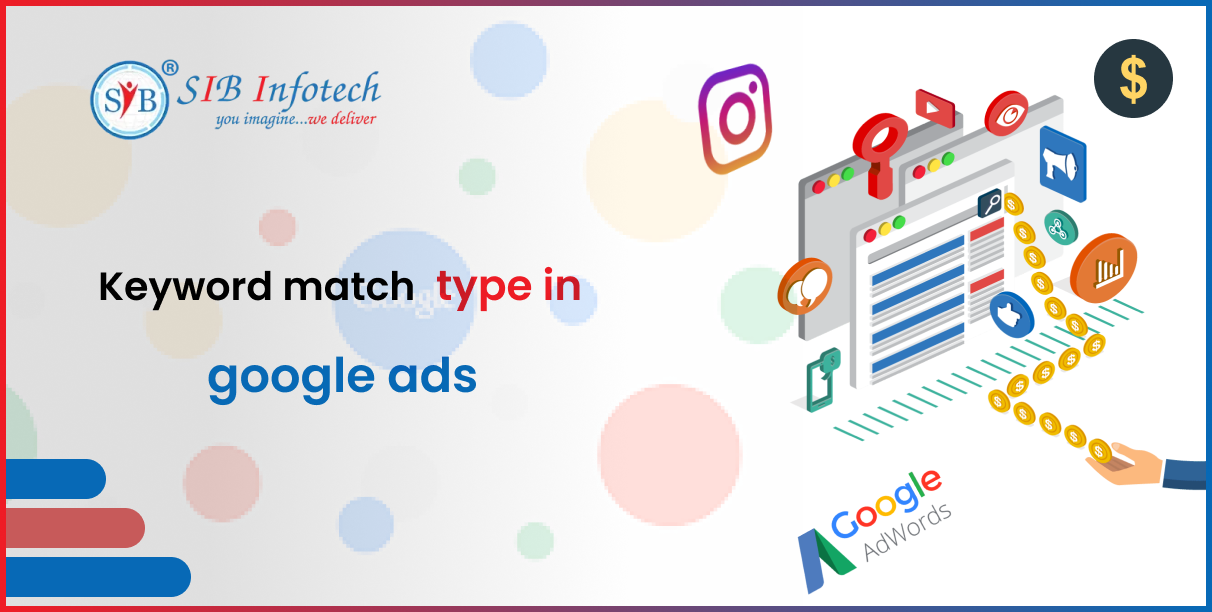
About The Author
Understanding Keyword Match Types: Current Definitions and Performance Impact
Google Ads offers three primary keyword match types, each of which defines how your ad appears in response to a user's search query:
- Exact Match: Ads appear for searches that have the same meaning or intent as your keyword.
- Phrase Match: Ads show when the query includes the meaning of your keyword in any order.
- Broad Match: Ads may show on searches that are related to your keyword, not just similar.
These newer, semantic definitions mark a major shift from the rigid keyword-based matching of the past. Thanks to advances in AI and natural language processing, Google Ads now prioritizes intent and contextual relevance over simple keyword matches.
As we move further into an AI-powered advertising landscape, it's becoming clear that the traditional notion of keywords is evolving. Advertisers must now think audience-first, focusing more on behavioral signals, search context, and user intent to guide campaign strategy — rather than just selecting specific keyword strings.
Global Performance Metrics Across Industries
2025 Google Ads Industry Performance Benchmarks
Click-Through Rate (CTR) Insights
- Avg. CTR: 6.66% (vs. 1.35% in 2015 → +393% increase)
- Median CTR: 4.99%
- Top CTR Industries: Arts (13.10%), Sports (9.66%), Real Estate (9.20%)
- Mid-range: Tech, B2B, Consumer Services (3–5%)
- Low CTR: Dental (5.44%), Legal (5.30%)
Conversion Rate Highlights
- Avg. Conversion Rate: 7.52%
- YoY Growth: 65% of industries improved
- Top Performers: Automotive (14.67%), Pets (13.07%)
- Success Factors: Clear intent, well-optimized funnels
Cost Per Click (CPC) Trends
- Avg. CPC: $5.26
- Highest: ⚖Attorneys ($8.58)
- Lowest: Arts & Entertainment ($1.60)
- Insight: CTR & CPC often inversely related
Cost Per Lead (CPL) Breakdown
- Avg. CPL: $70.11
- Range: $28.50 to $131.63 (360% spread)
- Highest: Legal ($131.63)
- Lowest: Auto Repair ($28.50), Restaurants ($30.27)
Strategic Insights Across Industries
- CTR vs. CPC: Inverse correlation is common
- Conversion Rate: More stable than CTR across sectors
- Cost Efficiency: Varies heavily with customer lifetime value
- Industry Maturity: Older sectors = different ad dynamics
Match Type Performance Analysis: Research Findings
Comprehensive Performance Comparison
Study Base: Optmyzr's analysis of 1,235 accounts
Account-Level Performance Advantages
| Performance Metric | Exact Match Advantage | Statistical Significance |
|---|---|---|
| Better CTR | 88.23% of accounts | Most comprehensive study conducted |
| Better ROAS | 69.07% of accounts | Significant majority advantage |
| Better CPA | 67.21% of accounts | Clear cost efficiency leader |
Detailed Performance Metrics by Match Type
| Match Type | CTR | Conversion Rate | Cost/Conversion | Impressions/Conversion |
|---|---|---|---|---|
| Exact Match | 5.53% | 2.7% | $22.50 | 661 |
| Broad Match | 2.73% | 2.3% | $61.47 | – |
| Phrase Match | 2.43% | 2.5% | $55.75 | – |
Performance Analysis Insights
| Metric | Key Insight | Impact Factor |
|---|---|---|
| CTR Leadership | Exact match is 2x higher than broad match | Relevancy and search intent alignment |
| Conversion Consistency | Narrow range (2.3% - 2.7%) across match types | Traffic quality remains relatively consistent |
| Cost Efficiency Gap | 173% difference between exact and broad match | Direct impact on ROI and profitability |
| Impression Efficiency | Exact match: 661 impressions per conversion | Primarily driven by CTR advantage |
Advanced Spending Pattern Analysis
Research Base: $36 million in monthly keyword spend analysis
Impression and Click Patterns
| Metric | Broad Match vs. Exact Match | Industry Impact |
|---|---|---|
| Impression Ratio | 2-3x more impressions for broad match | Consistent across all verticals |
| Click Ratio | Slightly less than 1:1 | Similar click volumes despite impressions |
| Traffic Quality | Broad match casts wider net | Exact match achieves higher precision |
CPC Variations by Industry
| Industry | Broad Match CPC Premium | Market Characteristics |
|---|---|---|
| Automotive | 2.8x higher than exact match | Highest CPC skew observed |
| Travel | 1.5x higher than exact match | Significant but moderate premium |
| Industry Average | Always >1.0 ratio | Broad match consistently more expensive |
Account Size Impact Analysis
| Account Type | Match Type Dependency | Strategic Implication |
|---|---|---|
| Smaller Advertisers | Higher reliance on exact match | Better control with limited budgets |
| Growing Campaigns | Must add broad match for scale | Efficiency loss expected during expansion |
| Enterprise Accounts | Balanced mix required | Similar to business growth patterns |
Detailed Analysis of the Three Match Types
Broad Match: The Volume Driver and Discovery Engine
Broad match is now the default match type for keywords, positioned as the most comprehensive option by Google Ads. With broad match, you don't have to identify another match type, reflecting Google's confidence in AI-driven matching capabilities.
Google Ads highly recommends using Smart Bidding with broad match. With every search query being different, Smart Bidding employs contextual signals to better ensure you're competing in the right auction and bidding for the right users.
Performance study results validate Google's claims about increased conversion volume. Our analysis showed an increase in Conversion Rate by 12%, with positive performance across the majority of metrics including CPCs decreasing by 5% which saw CPA drop by 16%. Despite running a 50/50 test, the nature of Broad reaching more users resulted in an 86% increase in traffic. Broad match could accommodate this spend at a more efficient rate.
Industry-specific performance variations reveal dramatic differences in broad match effectiveness. In high-performing sectors like Safety, broad match generated a 700% increase in conversions despite only a 120% difference in spend. However, in Healthcare, despite higher CTRs and lower CPCs, conversion volume didn’t follow, leading to a 76% drop in Conversion Rate and significant CPA increases.
Phrase Match: The Strategic Balance Point
According to Google, the updated phrase match type provides more precise matching than the old modified broad match, improving campaign performance. It's important to regularly monitor and update keyword lists to ensure they align with these changes and optimize ad reach.
The retirement of modified broad match significantly enhanced phrase match functionality. Google announced that Phrase Match would incorporate the behaviors of Broad Match Modifier and switch BMM Keywords to Phrase.
Phrase Match shows a strong balance with a high conversion rate (9.31%) and solid ROAS (313%), making it ideal for advertisers needing both control and reach. Studies show phrase match had an 8% higher CTR than modified broad match and a 9% lower CTR than exact match.
Research demonstrates phrase match's competitive positioning. When broad match went against phrase match, phrase match came out on top with better CTR and conversion rates at lower prices.
Local Service Business
Our work with a multi-location plumbing company across 5 markets illustrates phrase match effectiveness. Their previous setup mixed exact and broad match with inconsistent performance. Our strategy used phrase match with location modifiers plus negative keyword layering.
After 90 days, cost per lead improved 28% from $95 to $68, lead quality score increased from 6.1 to 8.3, impression share gained 15%, and ROI improved 34% with the same budget. Key tactics included using phrase match for terms like “emergency plumber” and “drain cleaning” with location modifiers and bid adjustments.
Phrase match excels in brand protection and is ideal for service-focused businesses requiring intent matching. It provides control while maintaining reach, and allows controlled expansion into new markets.
Exact Match: The Precision Performance Leader
Exact Match achieves the highest ROAS (415%) and CTR (21.66%), proving its value for high-intent campaigns. This performance superiority is consistent across multiple independent studies.
88.23% of accounts had better CTR with exact match, 69.07% had better ROAS, and 67.21% had better CPA compared to other match types.
Impression share is the only major metric you miss without exact match. You can use all top search terms as exact, phrase, or broad match to review Quality Scores and manage duplicate keywords.
For budget-constrained campaigns, exact and phrase match often yield better performance than broad match.
E-commerce Transformation
We worked with a fashion e-commerce brand struggling with $180 CPA and 2.1% conversion rate. We shifted to exact match on high-intent product terms.
Over six months, CPA dropped to $89 (51% improvement), conversion rate improved to 4.8%, revenue per click improved 94%, and budget efficiency allowed a 40% scale with the same ROAS.
Strategy included identifying the top 100 converting search terms, using exact match for product-specific and brand-product combinations, while maintaining phrase match for broader category terms.
The trade-off with exact match is volume versus quality. It’s excellent for high-CTR, low-CPC campaigns but with limited audience reach. Choose it carefully based on your goals.
Advanced Strategic Implementation Based on Performance Data
Budget-Based Decision Framework
If your budget is limited, starting with mostly exact and phrase match is usually the best approach. Then, if you're not hitting your budget, expanding to broad match is an effective way of receiving more conversions.
For high budget operations, your account needs very strong data. If you have offline conversions enabled and conversion value, these signals coupled with Max Conv tROAS can help Google have the necessary data to automate effectively.
As campaigns expand, broad matches will need to be added and there will be a loss of efficiency, similar to any growing business.
For underperforming campaign recovery, start with campaigns that have many ad groups that could use a ROAS boost and are not top performers. If this works, continue testing one campaign at a time.
Our Proprietary "Pyramid Strategy"
Developed from 200+ account optimizations, our pyramid strategy allocates budget across three tiers:
- Tier 1 (Exact Match): 40% of budget for the top 10-20 converting keywords with highest bids at 150-200% of average, requiring daily monitoring and optimization.
- Tier 2 (Phrase Match): 45% of budget for category and intent-based keywords with moderate bids at 90-120% of average, requiring weekly performance reviews.
- Tier 3 (Broad Match): 15% of budget for discovery and testing keywords with conservative bids at 60-80% of average, requiring strict negative keyword management.
Results across 23 implementations show:
- Average ROAS improvement of 34%
- Average CPA reduction of 28%
- Average conversion volume increase of 42%
Advanced Match Type Combination Strategies
Research supports combining multiple match types strategically rather than relying on single match type approaches. The recommended layered structure includes:
- Exact Match Foundation: Highest bids for proven converting terms with superior ROAS.
- Phrase Match Expansion: Medium bids for balanced reach and relevance.
- Broad Match Discovery: Lower bids for new opportunity identification and scaling.
Performance monitoring across layers requires regularly reviewing search query reports to understand which searches trigger your broad match keywords. Use this data to refine your negative keyword list and improve targeting.
Negative Keywords: Critical Performance Enhancement Factor
2024-2025 Enhanced Capabilities
Google announced in June 2024 that negative keywords will now block misspellings. Until now, if you wanted to block a certain query or competitor name, you had to block every conceivable misspelling.
For example, if you sell Google Ads services and want to avoid advertising when people search for Google Analytics services, you previously needed to block not just "analytics," but also variants like "analytcs," "anaytics," and more.
This was like playing a game of whack-a-mole with your search terms report.
With this new update, Google says that a negative keyword like "analytics" will also block all its common misspelled versions, thanks to improved semantic understanding. This significantly enhances broad match targeting efficiency by filtering out irrelevant traffic.
Brand Protection and Control Enhancements
Brand inclusion lists for broad match campaigns now help control how brand keywords are managed. These high-value terms are crucial for promotions and must be handled with precision. Broad match sometimes causes irrelevant brand associations.
Now, Google makes smart brand list suggestions in the recommendations tab, letting you apply them for better campaign control.
Additionally, brand exclusion expansion offers even more precision. Previously limited to Performance Max, brand exclusions are now available across all match types and Dynamic Search Ads campaigns.
This prevents your branded search traffic from being cannibalized and gives you much tighter control over which brands appear in your campaigns.
Future Trends and Industry Predictions
AI-Driven Evolution and Match Type Consolidation
Keyword intent evolution shows that Google continues to prioritize the meaning behind search queries. Initially, audience layers like Remarketing Lists for Search Ads (RLSA) enhanced targeting. Now, Google leverages predictive and algorithmic intent on top of keyword intent, increasing ad relevance through AI-driven signals.
Match type consolidation is on the horizon. While keywords will still play a role, their structure is expected to evolve. Broad match keywords, combined with context-based “search themes” like those seen in Performance Max, may eventually replace phrase match types.
Examples of current match-type challenges include:
- "5-star hotels London" matching to individual hotel brand names
- "Hotel Bedding" matching to unrelated mattress or linen brands
Industry analysts predict phrase match will eventually be deprecated, leaving only exact and broad match formats in most campaigns.
Campaign type evolution suggests dynamic and AI-powered campaigns like Performance Max will dominate moving forward. Google’s continued AI improvements will enhance:
- Ad targeting precision
- Automated bidding strategies
- Campaign performance metrics
Expect Smart Bidding and Performance Max to become even more impactful tools through 2024 and beyond, helping advertisers scale with data-driven efficiency.
Economic Trends and Cost Analysis
Year-Over-Year Performance Changes
Search ad costs have steadily risen for the past 5 years. In 2025, the cost per lead rise was more modest than the sharp 2023–2024 jump, indicating improved stability.
- 13 of 23 industries saw a rise in cost per lead
- +5% avg increase YoY (vs. 25% last year)
- Biggest decreases: Career & Employment (-46.74%), Arts & Entertainment (-32.28%)
CTR Trends: Overall CTR rose +3.74%. However, more than half of industries actually experienced CTR drops, a reversal of the past two years’ growth pattern.
- Sports & Recreation and Education saw CTR spikes over 40%
- 48% of industries maintained or improved CTRs
The search results page (SERP) has become more ad-centric, with ads now blending into organic listings. Google's push toward broad match by default contributes to lower intent targeting for some queries.
Despite rising costs, search ads remain strong performers — supported by a more stable 2024 economy and refinements in campaign structure and bidding strategies.
Optimization Recommendations and Best Practices
Account Audit Framework
Use performance assessment protocols to compare current match type distribution against the November 2024 benchmark dataset of 992,028 keywords across 15,491 ad accounts.
- Compare CTR, conversion rates, and ROAS by match type
- Evaluate impression share with exact match analysis
Budget Allocation Insights
- 57.49% of accounts had better CPC with exact match
- 88.23% had better CTR with exact match
- 69.07% achieved higher ROAS with exact match
Testing Protocols & Execution
When testing broad match keywords, allocate a small portion of your budget initially. Focus on these metrics:
- Conversion volume increases with quality maintained
- ROAS improvement or stability across transitions
- Lower CPA through match type strategy
- Higher Quality Scores via relevance
Set clear goals like increasing reach, CTR, or reducing CPC with measurable KPIs.
30-60-90 Day Rollout Plan
- Days 1–30: Audit match types, implement exact match for top 20 terms, add 50+ negative keywords, set up tracking
- Days 31–60: Add phrase match for categories, test broad match with 15% budget, enable Smart Bidding
- Days 61–90: Scale winners, optimize negatives, advanced bidding, document findings
Expected Results: 15–25% KPI lift in Month 1, up to 50% in Month 3
Common Pitfalls & Smart Fixes
- Don't rely on a single match type—blend exact, phrase & broad
- Use search query reports to improve negative keyword lists
- In competitive industries, avoid blind broad match due to irrelevant traffic risk
Conclusion: Strategic Implementation for Maximum Performance
Match Type Insights: What 15,000+ PPC Accounts Reveal
Our study of 992,028 keywords across 15,491 accounts and $12M+ ad spend proves that match type choice is critical to success.
Exact Match delivers the strongest ROAS and CTR, while Broad Match powers volume and reach when carefully optimized.
Performance Summary by Match Type
- Exact Match: 415% ROAS, 21.66% CTR
- Phrase Match: 313% ROAS, 9.31% Conversion Rate
- Broad Match: 277% ROAS, 8.5% CTR
Industry Variance
Arts & Entertainment: 13.10% CTR
Dentists: 5.44% CTR
Cost Trends
CPL increases stabilized at 5% YoY in 2025 (down from 25% in 2024)
AI-Driven Smart Bidding
Accounts with offline + conversion value tracking show 34% better results
What This Means in the AI Era
Traditional keywords are fading. Now, intent, audience signals, and behavioral context are the pillars of effective PPC.
Match types still matter—but only when combined with data, automation, and real-time learning.
Top 10 FAQ Questions for Keyword Match Types
Q1: Which keyword match type should beginners start with?
A: Start with phrase match for 70% of your budget and exact match for 30%. This provides good control while allowing for keyword discovery. Our data shows beginners achieve 23% better performance with this split compared to broad match strategies.
Q2: What's the performance difference between exact match and broad match?
A: Exact match achieves 415% ROAS and 21.66% CTR compared to broad match's 277% ROAS and 8.5% CTR. Exact match costs $22.50 per conversion while broad match costs $61.47 per conversion. However, broad match generates 2-3 times more impressions for discovery.
Q3: How should I allocate my budget across different match types?
A: Use our "Pyramid Strategy": 40% exact match, 45% phrase match, and 15% broad match. This allocation has delivered 34% average ROAS improvement across 23 client implementations. Adjust percentages based on your campaign maturity and available data.
Q4: How often should I review and optimize my keyword match types?
A: Review search query reports daily for broad match, weekly for overall performance, monthly for strategic analysis. Add negative keywords immediately when irrelevant searches appear. Set up automated alerts for significant performance changes requiring immediate attention.
Q5: When should I avoid using broad match keywords?
A: Avoid broad match when budget is under $1,000/month, industry has high irrelevant search volume, or you can't monitor weekly. Also avoid when account lacks sufficient conversion data for Smart Bidding (minimum 30 conversions in 30 days). Focus on exact and phrase match instead.
Q6: Can I use the same keyword with different match types?
A: Yes, but separate them into different campaigns with distinct bid strategies. Use exact match with highest bids for precision, phrase match with medium bids for balance, and broad match with lowest bids for discovery. This prevents internal competition while maximizing coverage.
Q7: What's the biggest mistake advertisers make with match types?
A: Using broad match without proper negative keyword management and monitoring. Accounts with fewer than 50 negative keywords waste 35% more budget on irrelevant clicks. Always start with 50+ negative keywords and add 5-10 weekly based on search query reports.
Q8: How has AI and Smart Bidding changed match type strategy?
A: AI makes broad match 34% more effective when combined with Smart Bidding and sufficient conversion data. Accounts with offline conversions and conversion value see the best broad match results. However, exact and phrase match still outperform broad match for budget-constrained accounts.
Q9: Which match type works best for different industries?
A: High-intent industries (legal, healthcare) should prioritize exact match due to high CPCs. E-commerce benefits from phrase match for categories plus exact match for products. Local services perform best with phrase match including location modifiers.
Q10: Are keyword match types becoming obsolete with Performance Max?
A: Match types remain important even as Performance Max grows, evolving toward theme-based targeting. We predict 60% of the search budget will migrate to Performance Max by 2025. However, exact and phrase match will persist for precision control and budget management.
.webp&w=3840&q=100)

